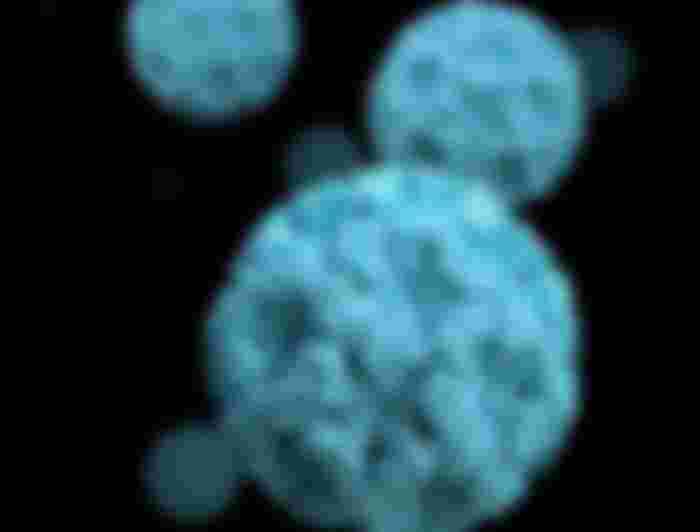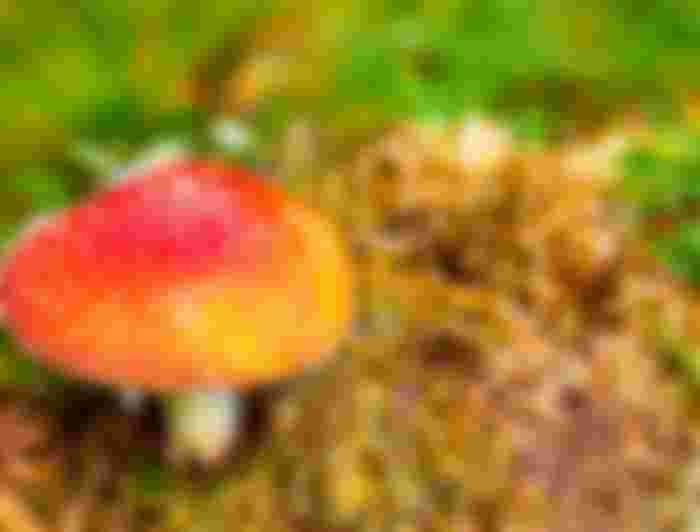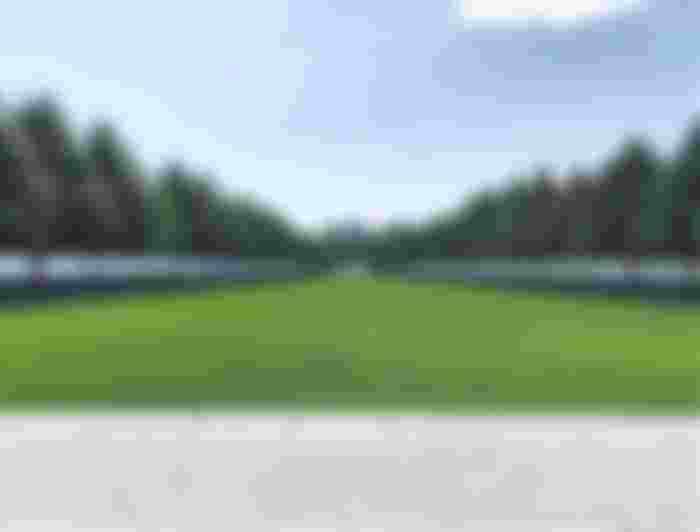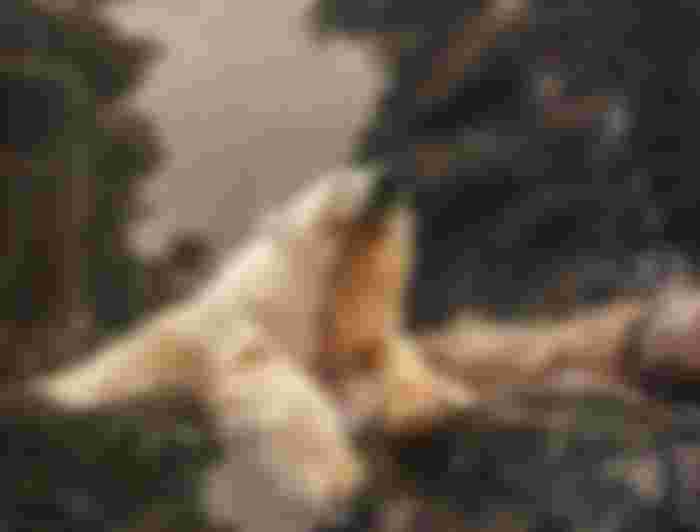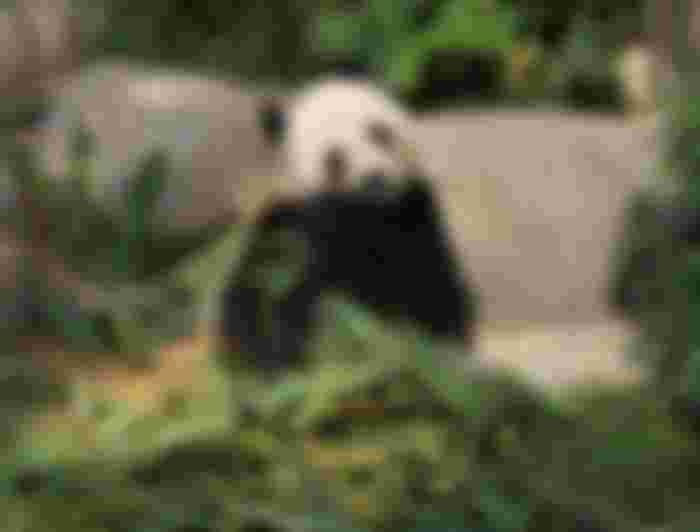The concept of an organism is one of the basic concepts in biology, and an organism can be described as a living if it has the distinguishing characteristics of living organisms, such as if its body consists of one or several cells, and can grow, produce new individuals, maintain internal balance in the body, and respond For internal and external influences, and the ability to adapt to the environment. All living things that live on Earth are divided into six kingdoms: bacteria, ancient bacteria, protists, fungi, plants, and animals.

The influence of living things on our lives
The environment is the place in which human beings and other living creatures of all kinds live, and there is no doubt that these living things have a great impact on our lives. Some of them are beneficial to us, others are harmful, and some of them may be beneficial and harmful at the same time, and given that the numbers of living organisms are very large, and the extent of their impact on our lives cannot be limited, so we will address their impact on man by dividing them into the six kingdoms in which all living things are distributed :
∆. Bacteria
Among the positive effects of bacteria on a person’s life are the following: The remains of dead organisms decompose and return to the soil the carbon and nitrogen needed to nourish plants, and thus bacteria can be seen as the beginning and end of the food chain; Because it provides plants with the nutrients needed to start the food chain, as well as decomposes organic matter at the end.
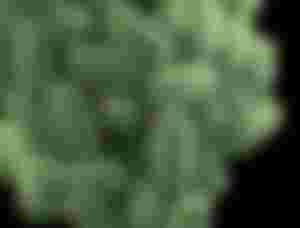
The E. coli bacteria that live in the human intestine help digest food and contribute to the production of vitamins. Some types of bacteria contribute to preserving the environment; This is due to their role in the decomposition of oil spills in the sea, treatment of sewage and agricultural waste, cleaning of nuclear waste, and analysis of pesticides.
Nitrogen-fixing bacteria help convert atmospheric nitrogen into nitrate and ammonia; So that plants could use them to make proteins. Bacteria contribute to the manufacture of some foodstuffs, such as milk, pickles, vinegar, and cheese.

The following are some of the negative effects of bacteria on our lives:
Cause the death of hundreds of thousands of people every year; This is due to bacterial diseases, such as tetanus, typhoid fever, pneumonia, syphilis, and cholera. Causing diseases in livestock on which people depend for their food, such as anthrax. Causing diseases in crops, such as leaf spotting disease, fire blight disease, and bacterial wilt disease.
∆. Fungi
Fungi are living organisms that play a major role in preserving the environment, as they are beneficial to humans. This is because The remains of plants and animals decompose after their death, which helps to clean the environment, and returns organic materials, such as carbon to the soil; To be reused by plants. Some types of fungi, such as truffles, and some types of mushrooms provide humans with nutrients, for example, Mushrooms provide vitamin B, and some minerals, such as potassium, phosphorus, and iron, and yeast is involved in the production of bread.

It is derived from a type of fungus called a blue-green mold, the antibiotic penicillin that prevents the growth of bacteria, saving millions of lives since Alexander Fleming discovered it in 1928.
It is used to control the growth of some pests, such as worms, insects, and other fungi. As for the negative impact of fungi on our lives, it is represented by:
Some types of poisonous mushrooms that some people may accidentally eat cause disease or even death for those who eat them.

It causes some diseases to humans, such as athlete's foot, fungal pneumonia, and ringworm (ringworm). They cause diseases in crops, such as charring disease, mildew, and rust. Cause food, clothing, wood, and more to rot.
∆. Protists
The phytoplankton belonging to the protists are the main source of oxygen in the oceans, and they also provide other marine organisms with food and energy, thus contributing indirectly to human nutrition, but some of the protozoa that belong to the protists cause humans some diseases, such as malaria.
∆. The plants
It is not clear to anyone the positive effect of plants on human life, because they are: It is a direct and indirect source of human food; It provides us with more than 7000 species of edible plants.
Plants contribute to the water cycle in nature; They transport water from the soil to the atmosphere by transpiration. Plants and their derivatives are used to manufacture nearly a quarter of the total production of medicines, and 80% of the world's population depends on plants for primary health care.

It provides us with oxygen that we breathe, which is produced by the photosynthesis process, and it consumes carbon dioxide that is produced by burning fossil fuels.
It provides us with some necessary materials, such as paper, and wood needed for construction work.
Help to improve human mood; The trees and flowering plants are distinguished by their beauty, which makes looking at them and enjoying the fragrant aromas of flowers a pleasure for the eye and a pleasure for the heart.
∆. The animals
The benefits that we get from animals are many, and cannot be counted, so we will suffice with some examples of the effect of animals on our lives, including It provides humans with meat, such as chicken, beef, sheep, and fish, as well as some animal products, such as eggs, milk, butter, cheese, and honey.
Some animals, such as earthworms and termites, help to ventilate the soil and circulate nutrients, which increases the productivity of crops.

The benefit to humans from ants can be estimated only from the results of the study that was conducted in 2011; It indicates an increase in wheat yield in dry areas by 36%, as a result of the activity of ants and termites. Some animals, such as bats, frogs, and birds, help to control the number of agricultural pests, thus increasing the production of crops and reducing the need for the use of pesticides harmful to the environment.
Some animals, such as bats and ants, contribute to the spread of plant seeds from crowded places to new places, which enhances their growth and productivity.

Animal manure supplies the soil with its need for natural fertilizers. Some animals, such as insects and bats, contribute to pollinating plants.


